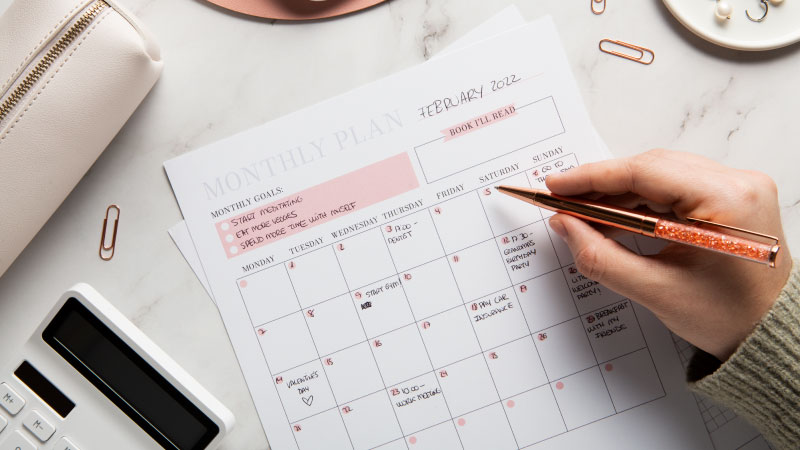Crafting an event budget is like designing a masterpiece—every detail counts, and precision is paramount. Whether you’re orchestrating an intimate gathering or a grand extravaganza, a well-structured budget ensures that your vision is realized without financial hiccups. Here’s a fresh, step-by-step approach to mastering the art of event budgeting:

1. Define Your Event Goals and Scope
Before diving into numbers, outline your event’s purpose, scope, and scale. Are you hosting a high-profile corporate conference or a charming wedding? Identifying these elements will shape your budget’s structure and priorities. Ask yourself:
- What are the primary objectives of this event?
- How many guests are you expecting?
- What is the ideal date and location?
2. Create a Comprehensive List of Expenses
Break down your budget into detailed categories. Think of these as the brushstrokes in your budgeting canvas. Typical categories include:
- Venue Costs: Rental fees, setup, and cleanup.
- Catering: Food, beverages, and service.
- Entertainment: Speakers, performers, and DJ services.
- Decorations: Thematic decor, lighting, and floral arrangements.
- Marketing & Promotion: Advertising, digital marketing, and promotional materials.
- Logistics: Transportation, accommodation for guests, and event staff.
- Miscellaneous: Contingency fund for unexpected expenses.
3. Estimate Costs for Each Category
With your categories in place, it’s time to estimate costs. This involves:
- Researching Vendors: Get quotes from multiple suppliers to compare prices.
- Historical Data: If applicable, review past event budgets for similar insights.
- Online Tools: Utilize budgeting tools or apps designed for event planning.

4. Set a Budget Range
Allocate a range for each category rather than a fixed amount. This flexibility allows you to adapt if certain costs fluctuate. For instance, if your catering costs slightly exceed the estimate, having a buffer can save you from financial strain.
5. Track Your Expenses
As you progress, meticulously track every expenditure against your budget. Utilize spreadsheets, budgeting software, or event management tools to maintain accuracy. Regularly update your budget to reflect actual costs and monitor for deviations.
6. Review and Adjust
Event planning is dynamic, and so should be your budget. Regularly review and adjust your budget as needed. Factors like last-minute changes or unforeseen costs might require you to reallocate funds or make cuts in other areas.

7. Prepare a Contingency Fund
Even with the most meticulous planning, surprises can occur. Allocate a contingency fund—typically 10-15% of your total budget—to handle unexpected expenses without derailing your financial plan.
8. Final Reconciliation
After the event, conduct a thorough reconciliation of your budget. Compare actual expenses against your initial estimates. This post-event analysis will help you understand what went as planned and where adjustments are needed for future events.
9. Reflect and Learn
Review the budget process and outcomes. Gather feedback from team members and vendors to learn from any challenges faced. This reflection will enhance your budgeting skills for future events and contribute to your overall planning expertise.
Final Thoughts
Creating an event budget is a blend of strategy and artistry. By following these steps, you’ll be equipped to manage your event finances with confidence and precision, ensuring that every detail aligns with your vision and goals. Happy budgeting, and may your event be a resounding success!




